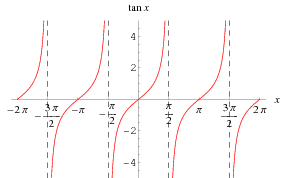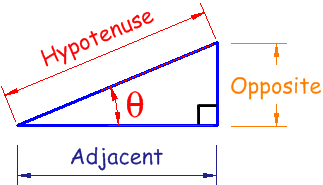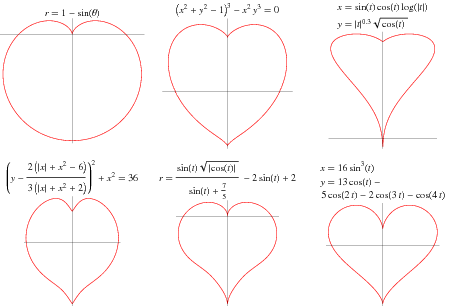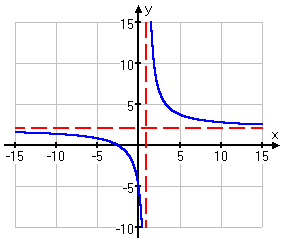Tangent
Tangent is opposite over hypotenuse. But using the using the caressing plane, it would be another branch to sine and cosine. Tangent is a very interesting operation. Tangent is found also in right triangles. But the tangent graph has asymptotes and its counterpart is cotangent, or 1/tan on a calculator or in a calculation. However, tangent is also a term used to mean touching at one point.
To find the x intercepts of a tangent graph, use the equation N(π)
Tangent is opposite over hypotenuse. But using the using the caressing plane, it would be another branch to sine and cosine. Tangent is a very interesting operation. Tangent is found also in right triangles. But the tangent graph has asymptotes and its counterpart is cotangent, or 1/tan on a calculator or in a calculation. However, tangent is also a term used to mean touching at one point.
To find the x intercepts of a tangent graph, use the equation N(π)
Math Joke of the week
Newlyweds A newlywed husband is discouraged by his wife's obsession with mathematics. Afraid of being second fiddle to her profession, he finally confronts her: "Do you love math more than me?" "Of course not, dear - I love you much more!" Happy, although sceptical, he challenges her: "Well, then prove it!" Pondering a bit, she responds: "Ok... Let epsilon be greater than zero..."





